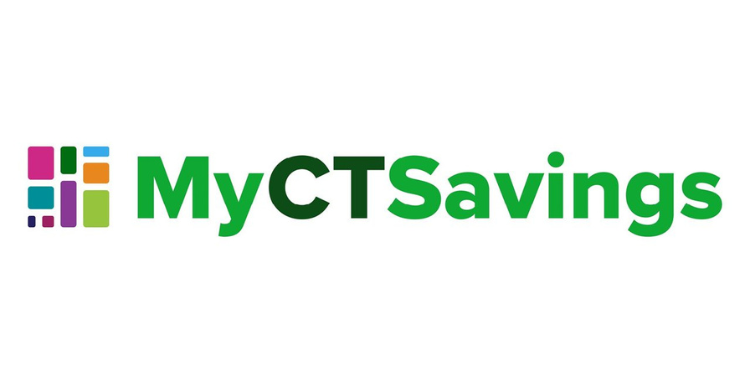March Deadline for State-Run Retirement Plan

Employers with five to 25 employees must register with the state-run retirement plan by March 30, 2023.
This is the last of three employer enrollment periods for the state’s MyCTSavings program, which is now administered by the Office of the State Comptroller.
Employers with 26 to 99 employees were required to register by Oct. 31, 2022 while those with 100 or more employees faced a June 30, 2022 deadline.
Business that offer employees a qualified retirement savings option should certify their exemption from the program with the comptroller’s office.
State Comptroller Sean Scanlon said the program has enrolled over 900 employers and has more than $1.7 million in assets.
Compliance
Connecticut employers with five or more employees—each paid a minimum of $5,000 in the calendar year—are required to join the program if they don’t offer employees a qualified employer-sponsored retirement plan.
While there currently is no penalty for not complying with registration requirements, Scanlon said the state legislature is considering a proposal imposing “a small penalty.”
While there currently is no penalty for noncompliance, Scanlon said the legislature is considering a proposal imposing “a small penalty.”
“Other states have done that. We currently do not have [a penalty] in Connecticut but we see that in California, where they do have one, it does help with compliance,” he told CT NewsJunkie.
“At the end of the day, we don’t want to get to that point. We want to work proactively with businesses.”
Qualified Plans
Qualified employer-sponsored retirement plans include those under Internal Revenue Code sections 401(a) (including a 401(k) plan); qualified annuity plan under section 403(a); tax-sheltered annuity plan under section 403(b); Simplified Employee Pension plan under section 408(k); a SIMPLE IRA plan under section 408(p); or governmental deferred compensation plan under section 457(b).
Qualified, employer-sponsored plans do not include payroll deduction IRAs.
Eligible employees will be automatically enrolled in the program. Once employees are enrolled, they can choose to opt out of the program.
The state-run plan does not provide the pre-tax benefits of other retirement plans offered by private sector institutions.
By default, employees who are enrolled will see a 3% deduction from their gross pay, but they can choose to manually adjust their contribution rate at any time.
As a Roth IRA, the state-run plan does not provide the pre-tax benefits of other retirement plans offered by numerous private sector institutions.
In addition, the state plan is not subject to the federal Employee Retirement Income Security Act, which sets minimum standards for most retirement and health plans to protect enrolled individuals.
RELATED
EXPLORE BY CATEGORY
Stay Connected with CBIA News Digests
The latest news and information delivered directly to your inbox.


